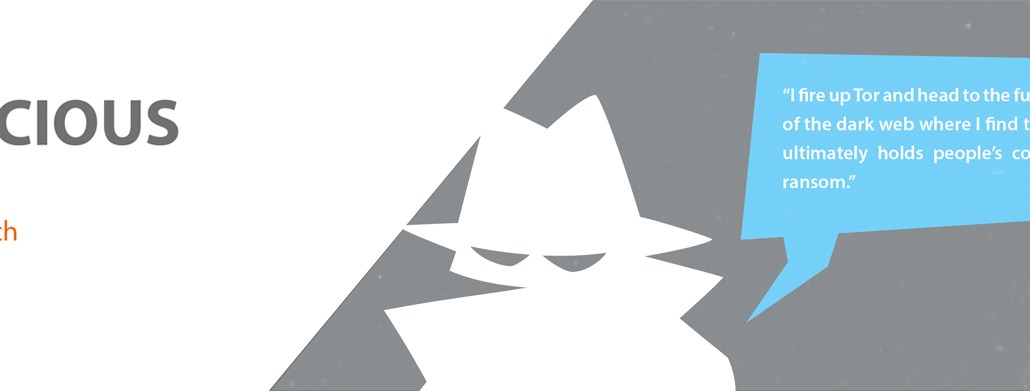
The spectrum of malvertising runs on an axis from irritation to destruction. At its more benign end are ads that bob and weave on screen, frustrating the users chasing them away. At its most malicious, ransomware deployments—think WannaCrys and Anglers—reach up from the dark web to block access to a computer’s operating system, trading a users’ freedom for the right Bitcoin price.
The cost of these attacks is not trivial. In 2015, Interactive Advertising Bureau pinned the total cost of combating malvertising at $1.1 billion, with a total cost of $8.2 billion from vulnerabilities in the digital ad supply chain.
Programmatic advertising has a lot to do with it. “Most of the companies that are in our world don’t sell close to 100 percent of their ad inventory,” said Tobias Bennett, head of programmatic at the Local Media Consortium, a network of more than 75 companies including Tronc and McClatchy who collectively run more than 1,700 websites. “They sell 30 to 50 percent of their inventory, and that’s on the higher end. They rely on this lower third-party fill.”
Once a publisher’s remnant inventory trickles far enough down the waterfall, it can fall prey to the malware hackers that make their scant living off of their dark exploits. The funny thing is, there’s no Hollywood-style mad hacker flow-state-coding his way onto a computer, just a motivated con artist who can follow instructions.
To learn more about just what it takes to hack into a publisher platform and how publishers can keep their readers safe, download the guide now.
More from Digiday

Rembrand’s CEO wants to grow virtual ad placements in streaming, and he’s looking elsewhere for models
Omar Tawakol wants to improve advertising within the streaming world, and is working with advertisers and publishers to improve that experience.

Marketers are keen to use generative AI in ad campaigns, but hidden costs lurk
Marketers across the industry want to use AI to cut down on time spent in creative production. It’s not so simple in practice.

2025 was rough for Target. It could also be the year when its turnaround began
Much of the front half of the year for Target was defined by the company’s decision in January to pull back on DEI initiatives.





